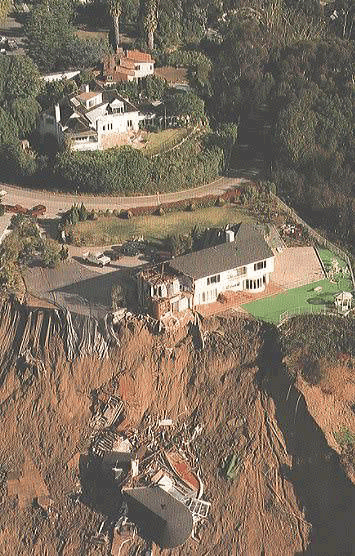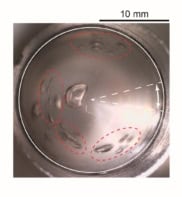At 21 km from the epicentre of the 1994 Northridge earthquake, which measured 6.7 on the Richter scale, the city of Santa Monica in California may have hoped to avoid serious damage. But it was shaken with a surprising intensity, equal to that felt around the epicentre. Now Paul Davis at the University of California at Los Angeles and co-workers believe that underground geologic acoustic lenses focused the vibrations, producing concentrated spots of damage far from the epicentre (P Davis et al 2000 Science 289 1746).

Davis’ team developed a three-dimensional model to pinpoint possible underground focusing structures after analysing aftershock data and the local geological structure. The north-dipping Santa Monica fault and the basement of the Los Angeles basin form a convex structure, about three kilometres below the Earth’s surface. The group believes that seismic waves passed through this structure and converged at many different points on the surface because of irregularities in the ‘lens’ structure. “It is possible we could use the discovery to decide which buildings should be reinforced first in earthquake ‘retrofitting'”, Davis told PhysicsWeb.
The lens theory is supported by the observation that the amplification effect increased with frequency. Many of the buildings destroyed in Santa Monica had resonant frequencies between 5 and 15 Hz, and Davis and colleagues found that the acoustic lenses would have selectively amplified these wavelengths. The pattern also shifts with changing angle of incidence: the amplification recorded 20° away from the critical angle was three times smaller than the maximum. So waves from other earthquakes will not be focused to the same extent as those from the Northridge event if they pass through the lens at a different angle.
Davis and his colleagues have conducted further studies in which they detonated explosives underground to simulate shockwaves from the Northridge earthquake. “Once all of the seismic sounding has been completed, a more extensive computation will be carried out”, said Davis, “but although the optics theories will serve as a check on the more detailed computations, I think the current work is about as far as they will be applicable”.



